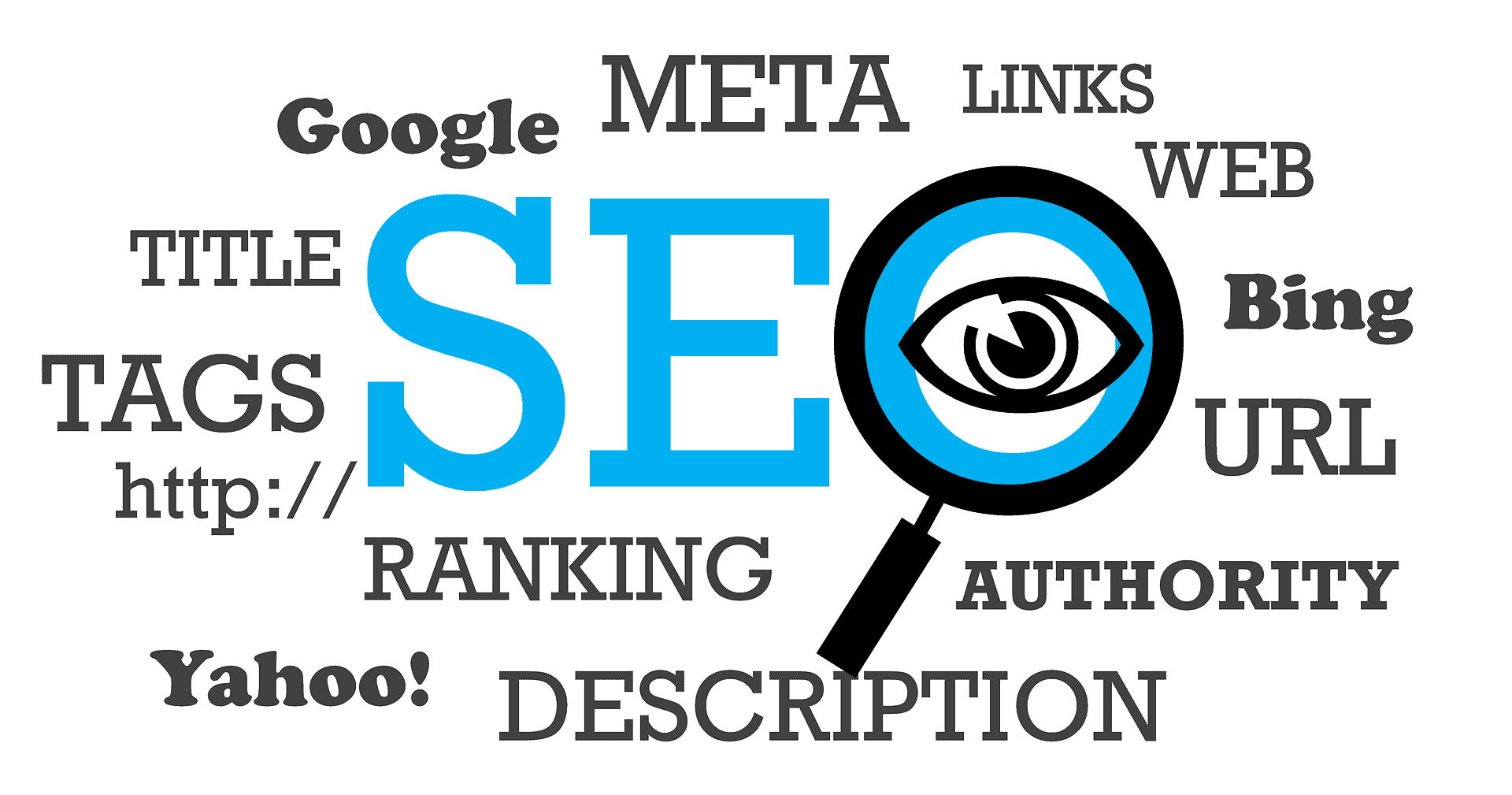
Common SEO Mistakes Financial Advisors Need to Avoid
The world of SEO can be very confusing and difficult to understand even for the most intelligent and digital savvy individuals. For a typical financial advisor, it’s new and uncharted territory that presents new challenges. But it’s essential to the success of your website and the growth of your firm, so you need to have a good grasp of its fundamentals.
In this article, instead of walking you through the ABCs of SEO, we’ll take a closer look at the common mistakes you need to avoid.
If you already understand some of the basics of SEO, this should serve as a checklist of the things you need to look out for the next time you update your SEO strategy or create new content for your site.
Keyword Stuffing
In the old days of the Internet, barely a decade ago, keyword stuffing was an effective tactic that could easily get you to the top of the search engine results. A lot of unsavory sites and content creators would just pack their posts with the same keywords over and over again even if it didn’t make sense to do so. Some websites would even hide keywords in the page by changing the font color to make them invisible.
Nowadays, Google has learned its lesson and puts these types of pages in the bottom of the search results. It understands that this is not the type of content that people want to see and penalizes websites that still use this very old tactic.
Targeting the Wrong Keywords
If you’re new to SEO, you might be tempted to create content around popular and highly competitive keywords like ‘best financial advisor’. The bad news is, every other financial advisor has the same idea. And only established websites with the largest budgets will be able to successfully rank for very competitive keywords.
You’ll have better success if you look for unique and more specific long-tail keywords that aren’t as competitive. For example, you can add your location to your target keyword and come up with something like, ‘award-winning financial advisor miami florida’. There may be a couple dozen financial advisors who are targeting the same long-tail keywords, but at least you’ve narrowed down the playing field a fair bit.
Low-Quality Content
If you want your pages to rank, it has to be able to meet the expectations of your target audience, as well as Google. You need high quality content if you want to build up your site’s credibility so you have to provide accurate information that’s valuable to your audience.
When people click on your link and see that your content is only 200 to 300 words long, they’ll get the impression that you’re not really discussing the topic properly or in depth. According to Buffer, your posts should ideally be at least 1,600 words long which translates to around 7 minutes of reading time.
It’s also important to keep in mind that Google keeps track of how much time a visitor spends on your page. If they quickly back out of your page in just a couple of seconds, it gives Google the signal that your content is not appropriate for the user’s search query. If they spend more time on your page, it tells Google that your page offers a lot of value.
Low-Quality Backlinks
One of the ways that Google determines your site’s credibility is if it’s being referenced and linked to by a lot of other websites. People used to exploit this ranking factor by creating a lot of different websites and linking their pages together to create the illusion that these websites were related and sharing relevant information with each other.
Nowadays, Google penalizes these low-quality backlinks from private blog networks. If you want to build up your backlinks, make sure you’re reaching out to highly credible and well-established websites.
Incomplete Metadata
One of the easiest ways to improve your SEO is to make sure all your on-page SEO elements are properly updated. On-page SEO and metadata is the first thing search engines look at to determine what your page is about and what the different elements of your pages (such as images and videos) are. Aside from making sure your titles and subheadings are in order, you need to fill up your meta description, and add the right meta tags and image tags.